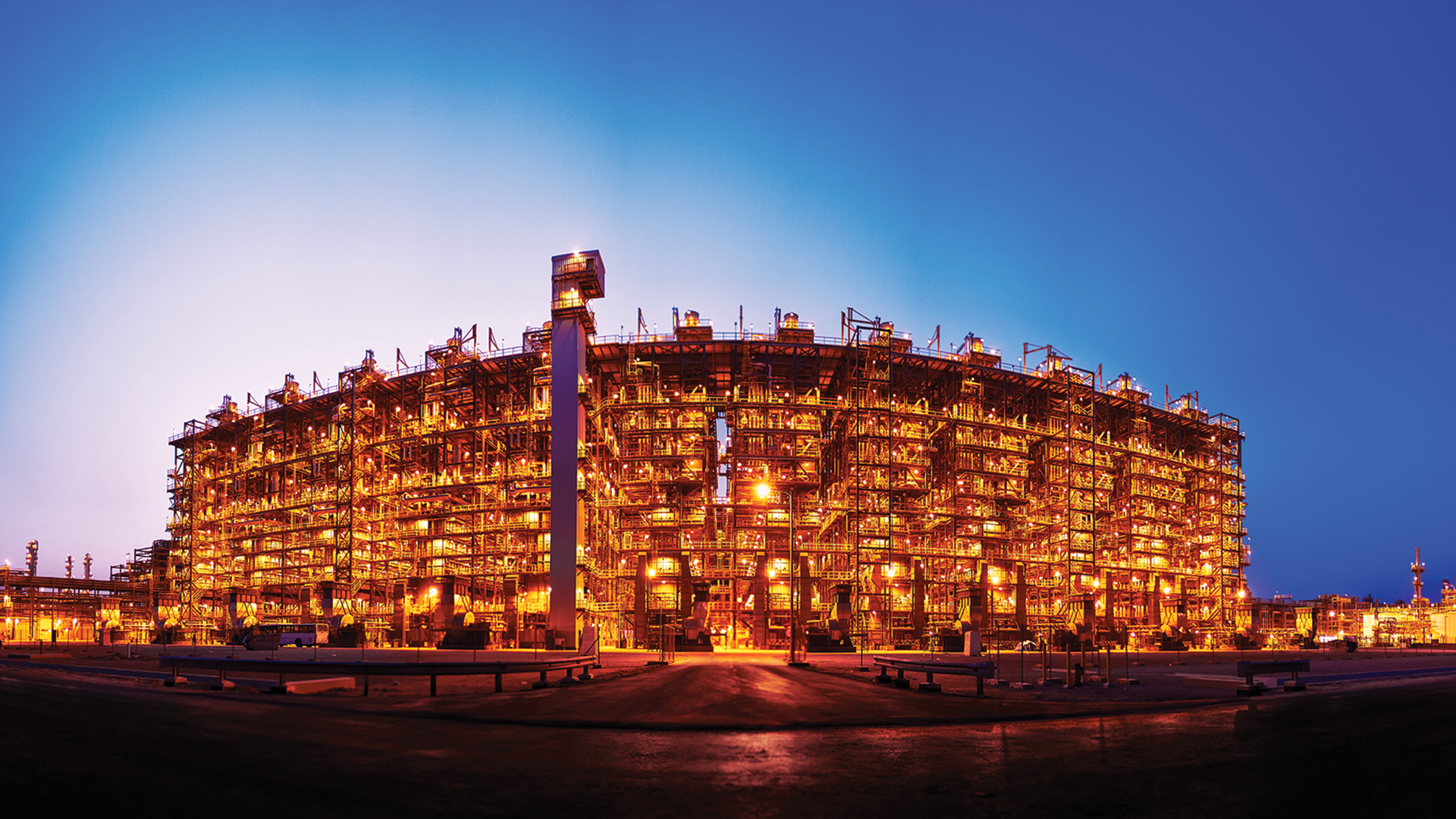Sadara: Lessons Learned
How to stay on budget with large, complex projects

PROJECTS within the chemical industry are increasingly large and complex, often involving multiple sites and project teams working across continents. This complexity, coupled with traditional execution models, has typically meant that 64% of projects face cost overruns. Staying on budget needs an advanced approach that includes world-class project management processes and control.
This article shares lessons learned about this as deployed at Sadara, the largest greenfield chemical complex ever constructed in a single phase, located in Jubail, Saudi Arabia.
We’re not in a position to share the savings made at Sadara because the figures are considered proprietary. However, we have seen across a range of other projects that digitally-enabled project execution can deliver up to 25% lower engineering costs, capital expenditure savings of up to 30%, and 20% in savings from integration and automation elements.
Introduction
To remain competitive, chemical processors must optimise the speed and quality of their project execution in order to:
- ensure safety of personnel;
- improve project outcomes;
- remove inefficiencies and reduce costs;
- improve schedules;
- accelerate installation and startup;
- reduce complexities and risks; and
- extend life cycle support.
In recent years, the chemical industry has displayed more interest than ever in making large-scale up-front investments. Previously, a complex on the scale of Sadara would have been done in smaller phases over 15–20 years, spreading out the cost and risk as companies became certain that demand could support the increased output.
The trend towards such mega-sites stems, in part, from a desire to make products closer to where they are consumed. It is more efficient to run one large integrated site than to have 30 smaller chemical plants operating at different locations and having to ship the bulk material around to where the end products are being made.
Mega-sites have many systems to integrate and optimise. They can also be run with fewer ongoing resources, fewer control rooms and thus fewer people to manage operations as there is scope for more automation. The integration required in such projects is significantly more complex than it used to be, say in the 80s, 90s, or even just 10-12 years ago. This demands a new approach to project execution, one which relies on digitalisation from the very start of the project through the site’s operational lifetime.
Recent Editions
Catch up on the latest news, views and jobs from The Chemical Engineer. Below are the four latest issues. View a wider selection of the archive from within the Magazine section of this site.




